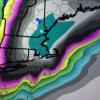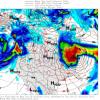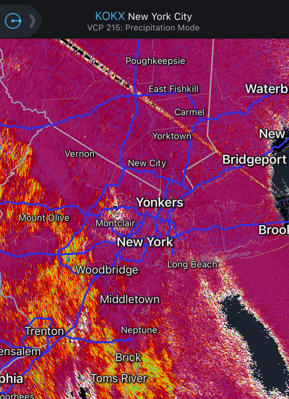All Activity
- Past hour
-
Keep those obs coming.. if you start to taint that might be bad news for me as it progresses north.
-

26th-27th event, coming at us like a wounded duck.
40/70 Benchmark replied to Go Kart Mozart's topic in New England
Oh haha you are Boris from weather enthusiasts on Facebook lol -
Hasn’t been snowing for almost 30 minutes in east Manhattan lmao
-
Back to almost all snow in Morristown. With you on the sledding. That’s the only metric I care about.
-
Moderate snow. 18.0°
-
So my Dolphins are apparently a rumored trade destination for Lamar. Hypothetically, if it were to happen, would Ravens fans be sad to see him go? That will tell me a lot about whether I should be hopeful or not.
-
Snowing heavy up this way It just doesn’t feel the same as when I’m home though and I get to enjoy it with yall on here.
-

26th-27th event, coming at us like a wounded duck.
dendrite replied to Go Kart Mozart's topic in New England
14/1 today and they were not happy. -

26th-27th event, coming at us like a wounded duck.
CoastalWx replied to Go Kart Mozart's topic in New England
Nasty dryslot into BGM -

Boxing Night Snow/Sleet/Ice Dec 26-27 Storm Thread/Obs.
Kevin Reilly replied to Mikeymac5306's topic in Philadelphia Region
27f humidity 62% dewpoint 15f light freezing rain with a few sleet pellets it is an absolute ice-skating rink here. -

26th-27th event, coming at us like a wounded duck.
CoastalWx replied to Go Kart Mozart's topic in New England
Let’s get a bitter cold shot for the chickens. -
(002).thumb.png.6e3d9d46bca5fe41aab7a74871dd8af8.png)
Boxing Night Snow/Sleet/Ice Dec 26-27 Storm Thread/Obs.
ChescoWx replied to Mikeymac5306's topic in Philadelphia Region
If it's 28 degrees it is ya know not plain rain..... -

26th-27th event, coming at us like a wounded duck.
40/70 Benchmark replied to Go Kart Mozart's topic in New England
Folks laughed at my map, but let's see how this play out. -

Boxing Night Snow/Sleet/Ice Dec 26-27 Storm Thread/Obs.
penndotguy replied to Mikeymac5306's topic in Philadelphia Region
25F with Moderate sleet now, already have 4” icicles on my gutters -
Heavy band moving east into NYC
-
I don’t see how NWS New York could say 8” for Manhattan. Seems impossible. Storms like this just simply don’t produce those totals for the area.
-
Band keeps filling in out here. 22/19. snowy night ahead
-
Hit hard and fast up here
-
OBS/Totals for 12/26-27 Storm
SomeguyfromTakomaPark replied to jm1220's topic in New York City Metro
2.75 inches down in Yorktown heights. Moderate snow. -
Nothing here in north Queens. Just light flurries. Heavier stuff to our east and west. Subsidence over the boroughs and sleet nearing Staten Island
-

26th-27th event, coming at us like a wounded duck.
dendrite replied to Go Kart Mozart's topic in New England
Hopefully just 5.4” -
.thumb.png.991e09c19c25af7391ed569a205a5136.png)
Boxing Night Snow/Sleet/Ice Dec 26-27 Storm Thread/Obs.
Blue Dream replied to Mikeymac5306's topic in Philadelphia Region
28 and raining -

26th-27th event, coming at us like a wounded duck.
CoastalWx replied to Go Kart Mozart's topic in New England
Aggressive for Boris! -
The yellow line was the sleet line a few minutes ago. We'll see how heavier steadier rates can help it fall back west.










